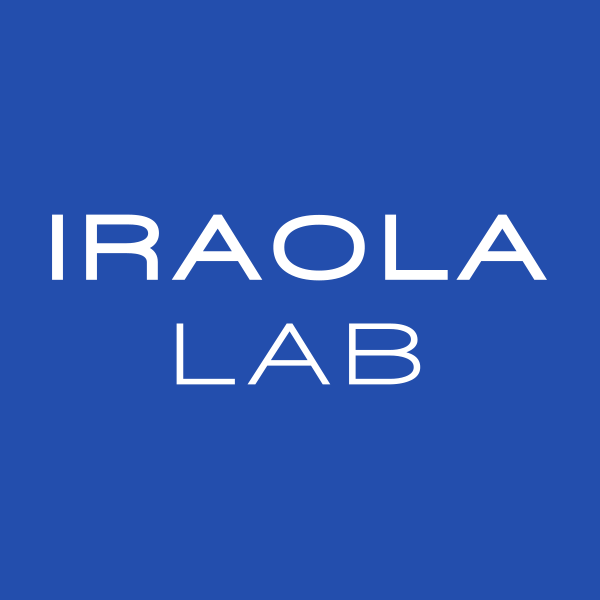Jun 21, 2020
Viral enrichment from wastewater samples
This protocol is a draft, published without a DOI.
- 1Institut Pasteur Montevideo

Protocol Citation: Iraola Lab 2020. Viral enrichment from wastewater samples . protocols.io https://protocols.io/view/viral-enrichment-from-wastewater-samples-bhd4j28w
License: This is an open access protocol distributed under the terms of the Creative Commons Attribution License, which permits unrestricted use, distribution, and reproduction in any medium, provided the original author and source are credited
Protocol status: Working
We use this protocol and it's working
Created: June 11, 2020
Last Modified: June 21, 2020
Protocol Integer ID: 38044
Materials
STEP MATERIALS
DNA/RNA ShieldZymo ResearchCatalog #R1100-50
Protocol materials
DNA/RNA ShieldZymo ResearchCatalog #R1100-50
DNA/RNA ShieldZymo ResearchCatalog #R1100-50
Safety warnings
Wastewater samples may contain potencially harmful pathogens, so always handle with gloves, work in a laminar flow cabinet, and pasteurize samples immediately after filtration. All equipment used up to this step must be washed in hypochlorite.
Wastewater samples are centrifuged at 4500 rpm, 4°C, 00:10:00 to remove debris
Note
Volume processed depends on user preferences and equipment. For information on sampling, check our previous protocol : Sampling and viral concentration for SARS-CoV-2 detection in wastewater
20m
The supernatant is then filtered through a 0.45 µm membrane to remove eukaryotic and bacterial cells
Note
Although the first step is optional, if your sample is very cloudy, it will take a lot of time for it to flow through the filter. Also, if you see the flow stops, your membrane might be clogged, and you should replace it.
1h
The flowthrough is pasteurized to inactivate pathogens at 60 °C for 01:30:00
Safety information
Wastewater samples may contain potencially harmful pathogens, so always handle with gloves, work in a laminar flow cabinet, and pasteurize samples immediately after filtration. All equipment used up to this step must be washed in hypochlorite.
1h 30m
25 mL of the flowthrough are then transferred to a 26,9 mL ultracentrifuge tube (compatible with Beckman Coulter Type 50.2 Ti Fixed-Angle Rotor) and spiked with 5.9 µL of PP7 phage (this enacts as a protocol validation method later in the analysis).
Safety information
Make sure your tubes are correctly balanced before you set up the Ultracentrifuge, according to manufacturer's instructions
15m
Then, the result is ultracentrifuged at 100000 x g, 4°C, 02:30:00
Equipment
Ultracentrifuge
NAME
Beckman Coulter
BRAND
XPN-90
SKU
Your ultracentrifuge must reach 100,000 x g and cool down to 4º C
SPECIFICATIONS
2h 30m
The pellet is then resuspended in 200 µL of Zymo DNA/RNA Shield, and stored at -80 °C or used for DNA/RNA extraction
DNA/RNA ShieldZymo ResearchCatalog #R1100-50
25m
